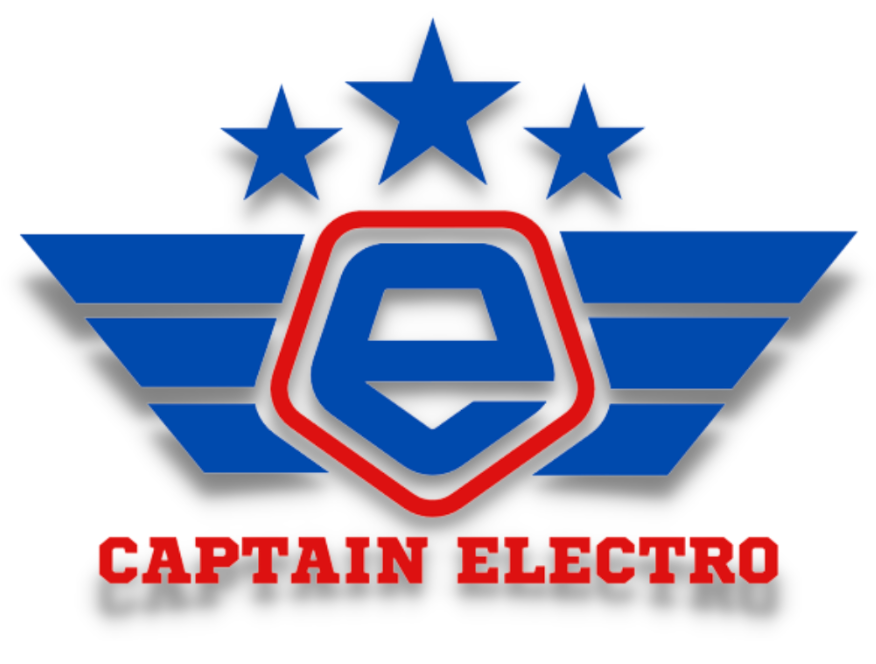Lotus Elise S1 Reborn: Quick-Charge Electric Revolution
Right, picture this. Julian Thomson, the bloke who gave us the original Lotus Elise S1, is now playing with his pencils and rulers at GM, dreaming up their next batch of motorized contraptions. His heart, though, remains in the chest of the Elise. How do we know this? Because he's called upon none other than his old head honcho, Ian Callum, and his design group (which, in a stunning display of creativity, is called 'Callum'), to breathe new life into a one-off, futuristic Elise. The catch? This little monster is electric.
These days, it seems every Tom, Dick, and Harry can cram an electric motor into a classic sports car, but to do it with any sort of panache requires a bit of old-school know-how. But just refurbishing the Elise was not enough for these two mad scientists, oh no, the new Elise S1 needed to shake things up just like it did when it was born in '96. Remember back then? When Elise's puny 118 hp Rover K-series engine seemed like the absolute bee's knees? How times have changed.
The task of upgrading the Elise S1 with the latest design trends was executed with precision and grace. The result: an Elise that's lower, wider, more intimidating, and adorned with LEDs and rear-view cameras instead of mirrors. But let's not forget, this isn't just a car. It's a tool - one that's stripped back to the bare necessities. There's not a single design flourish here that's just for show.
So far, so typical - another (admittedly stunning) classic sports car refurbishment. But the real issue of sticking an electric motor into an Elise comes down to one thing: weight. The original Elise was about as heavy as a butterfly, tipping the scales at a mere 1,521 lb - or, to put it in electric terms, the same weight as a Tesla Model S's battery. Clearly, there was no room for a hefty battery pack. But, as we all know, a smaller battery equals less mileage.
Enter Nyobolt, a UK battery start-up that's got a few aces up its sleeve. This clever lot has developed a battery with a tungsten-based anode, and the result is impressive. The Elise's new 35 kWh battery pack can be fully juiced up in just six minutes, and will then happily whizz you about for 155 miles before needing another quick zap. According to the boffins at Nyobolt, you can do this 2,000 times without any notable drop in performance.
And here's the kicker: this isn't just some pie-in-the-sky lab experiment. This technology is ready to hit the big time. With $63 million in funding and plans for mass production kicking off next year, this little Elise S1 is set to show the world what this new tech can really do.
The crux of our reluctance to fully embrace electric cars is down to two factors: batteries and charging infrastructure. Batteries are bulky, costly, and take an age to recharge, while the concept of replacing petrol stations with charging stations collapses when you realize we'd all be queuing for 40 minutes to fill up.
Shrinking the batteries would make electric cars lighter and cheaper, which everyone can get behind. This clever charging tech from Nyobolt is just one of many possible solutions floating around. Granted, tungsten isn't cheap, so we might see these batteries popping up first in high-end vehicles. But in due time, we'll likely see this tech trickle down to the average motorist's car, and we can all look forward to charging our electric vehicles as quickly as it takes to boil a kettle. But until that glorious day arrives, it looks like we'll need to practice a fair bit of patience.





